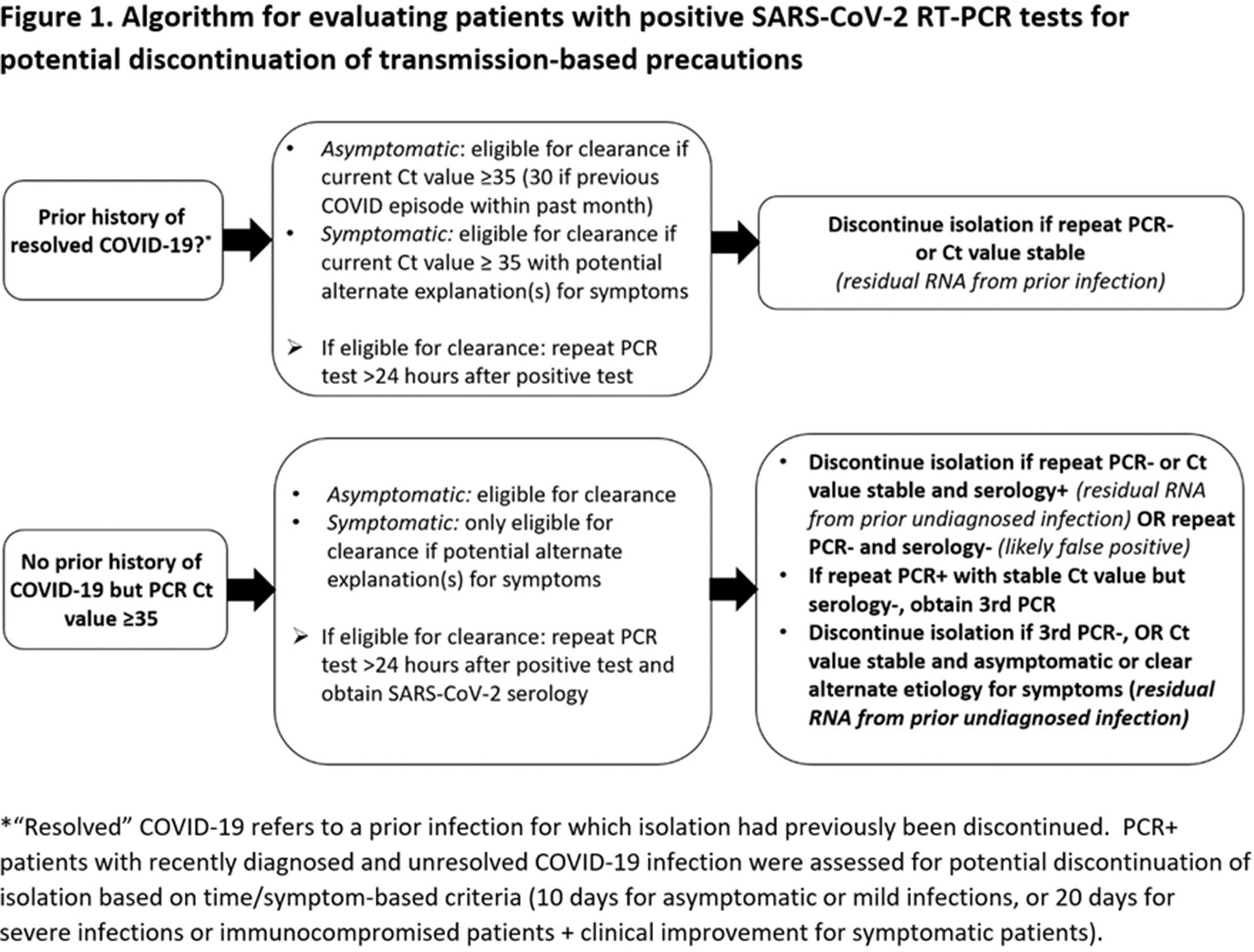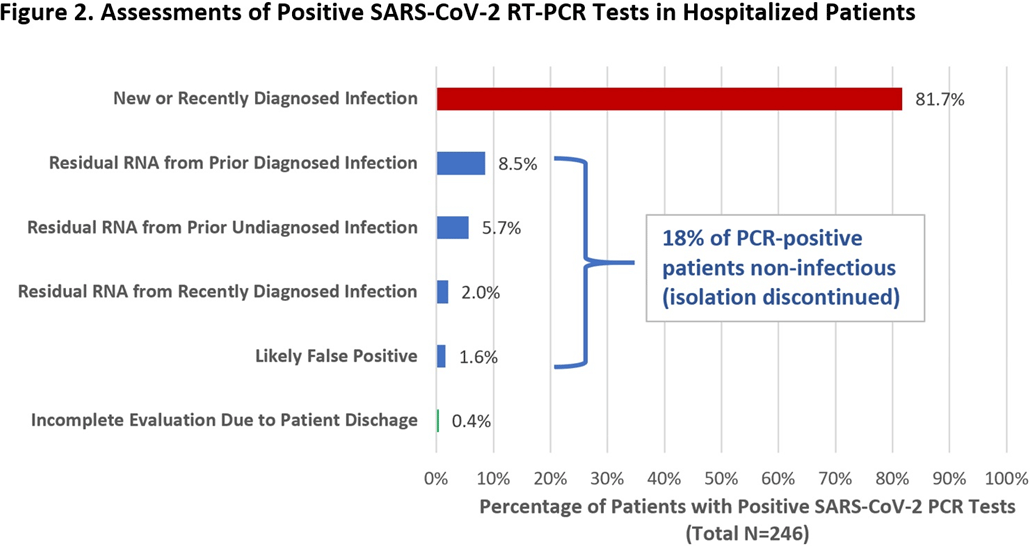169 results
Population and contact tracer uptake of New Zealand’s QR-code-based digital contact tracing app for COVID-19
-
- Journal:
- Epidemiology & Infection / Volume 152 / 2024
- Published online by Cambridge University Press:
- 17 April 2024, e66
-
- Article
-
- You have access
- Open access
- HTML
- Export citation
Severe weather events and cryptosporidiosis in Aotearoa New Zealand: A case series of space–time clusters
-
- Journal:
- Epidemiology & Infection / Volume 152 / 2024
- Published online by Cambridge University Press:
- 15 April 2024, e64
-
- Article
-
- You have access
- Open access
- HTML
- Export citation
25 Evaluating serum copper and kidney function in a cohort of bariatric surgery patients
- Part of
-
- Journal:
- Journal of Clinical and Translational Science / Volume 8 / Issue s1 / April 2024
- Published online by Cambridge University Press:
- 03 April 2024, p. 7
-
- Article
-
- You have access
- Open access
- Export citation
We need to talk about values: a proposed framework for the articulation of normative reasoning in health technology assessment
-
- Journal:
- Health Economics, Policy and Law , First View
- Published online by Cambridge University Press:
- 27 September 2023, pp. 1-21
-
- Article
-
- You have access
- Open access
- HTML
- Export citation
Impact of measurement and feedback on chlorhexidine gluconate bathing among intensive care unit patients: A multicenter study
-
- Journal:
- Infection Control & Hospital Epidemiology / Volume 44 / Issue 9 / September 2023
- Published online by Cambridge University Press:
- 13 September 2023, pp. 1375-1380
- Print publication:
- September 2023
-
- Article
- Export citation
Holocene evolution of parabolic dunes, White River Badlands, South Dakota, USA, revealed by high-resolution mapping
-
- Journal:
- Quaternary Research / Volume 115 / September 2023
- Published online by Cambridge University Press:
- 26 January 2023, pp. 46-57
-
- Article
-
- You have access
- Open access
- HTML
- Export citation
Prefacing unexplored archives from Central Andean surface-to-bedrock ice cores through a multifaceted investigation of regional firn and ice core glaciochemistry
-
- Journal:
- Journal of Glaciology / Volume 69 / Issue 276 / August 2023
- Published online by Cambridge University Press:
- 03 November 2022, pp. 693-707
-
- Article
-
- You have access
- Open access
- HTML
- Export citation
Improving Pandemic Response With Military Tools: Using Enhanced Intelligence, Surveillance, and Reconnaissance
-
- Journal:
- Disaster Medicine and Public Health Preparedness / Volume 17 / 2023
- Published online by Cambridge University Press:
- 22 September 2022, e254
-
- Article
- Export citation
An analysis of the Clinical and Translational Science Award pilot project portfolio using data from Research Performance Progress Reports
-
- Journal:
- Journal of Clinical and Translational Science / Volume 6 / Issue 1 / 2022
- Published online by Cambridge University Press:
- 18 August 2022, e113
-
- Article
-
- You have access
- Open access
- HTML
- Export citation
The prescriber’s guide to classic MAO inhibitors (phenelzine, tranylcypromine, isocarboxazid) for treatment-resistant depression
-
- Journal:
- CNS Spectrums / Volume 28 / Issue 4 / August 2023
- Published online by Cambridge University Press:
- 15 July 2022, pp. 427-440
-
- Article
-
- You have access
- Open access
- HTML
- Export citation
The association between accessing dental services and nonventilator hospital-acquired pneumonia among 2019 Medicaid beneficiaries
-
- Journal:
- Infection Control & Hospital Epidemiology / Volume 44 / Issue 6 / June 2023
- Published online by Cambridge University Press:
- 11 July 2022, pp. 959-961
- Print publication:
- June 2023
-
- Article
-
- You have access
- Open access
- HTML
- Export citation
Survey of coronavirus disease 2019 (COVID-19) infection control policies at leading US academic hospitals in the context of the initial pandemic surge of the severe acute respiratory coronavirus virus 2 (SARS-CoV-2) omicron variant
- Part of
-
- Journal:
- Infection Control & Hospital Epidemiology / Volume 44 / Issue 4 / April 2023
- Published online by Cambridge University Press:
- 16 June 2022, pp. 597-603
- Print publication:
- April 2023
-
- Article
- Export citation
21 - Arguing to Learn
- from Part IV - Learning Together
-
-
- Book:
- The Cambridge Handbook of the Learning Sciences
- Published online:
- 14 March 2022
- Print publication:
- 07 April 2022, pp 428-447
-
- Chapter
- Export citation
Sell now or later? A decision-making model for feeder cattle selling
-
- Journal:
- Agricultural and Resource Economics Review / Volume 51 / Issue 2 / August 2022
- Published online by Cambridge University Press:
- 09 March 2022, pp. 343-360
-
- Article
-
- You have access
- Open access
- HTML
- Export citation
Sources of exposure identified through structured interviews of healthcare workers who test positive for severe acute respiratory coronavirus virus 2 (SARS-CoV-2): A prospective analysis at two teaching hospitals
-
- Journal:
- Antimicrobial Stewardship & Healthcare Epidemiology / Volume 1 / Issue 1 / 2021
- Published online by Cambridge University Press:
- 15 December 2021, e65
-
- Article
-
- You have access
- Open access
- HTML
- Export citation
Finding the balance between overtreatment versus undertreatment for hospital-acquired pneumonia
-
- Journal:
- Infection Control & Hospital Epidemiology / Volume 43 / Issue 3 / March 2022
- Published online by Cambridge University Press:
- 01 December 2021, pp. 376-378
- Print publication:
- March 2022
-
- Article
- Export citation
Risk for depression tripled during the COVID-19 pandemic in emerging adults followed for the last 8 years
-
- Journal:
- Psychological Medicine / Volume 53 / Issue 5 / April 2023
- Published online by Cambridge University Press:
- 02 November 2021, pp. 2156-2163
-
- Article
- Export citation
7 - Obsessive-Compulsive and Related Disorders
-
-
- Book:
- Introduction to Psychiatry
- Published online:
- 22 July 2021
- Print publication:
- 12 August 2021, pp 146-165
-
- Chapter
- Export citation
Charting elimination in the pandemic: a SARS-CoV-2 serosurvey of blood donors in New Zealand
-
- Journal:
- Epidemiology & Infection / Volume 149 / 2021
- Published online by Cambridge University Press:
- 30 July 2021, e173
-
- Article
-
- You have access
- Open access
- HTML
- Export citation
Does Every Patient with a Positive SARS-CoV-2 RT-PCR Test Require Isolation? A Prospective Analysis
-
- Journal:
- Antimicrobial Stewardship & Healthcare Epidemiology / Volume 1 / Issue S1 / July 2021
- Published online by Cambridge University Press:
- 29 July 2021, pp. s8-s9
-
- Article
-
- You have access
- Open access
- Export citation





